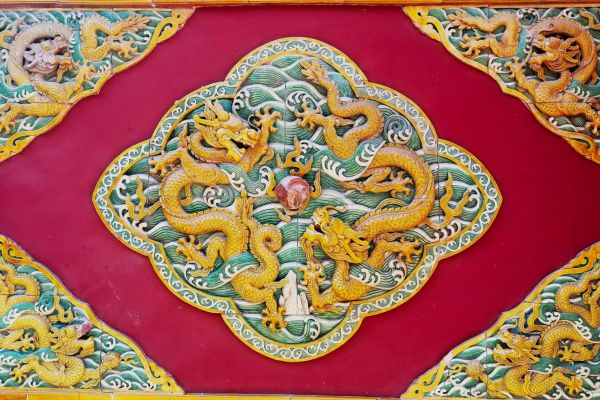
The latest amendment of China’s Copyright Law (hereinafter “the 2020 Copyright Law) has come into force since 1 Jan. 2021.
Some of the major changes are highlighted below:
1. The definition of works is clearer
Only when a piece of work meets the definition of works in Copyright Law can it be protected by Copyright Law.
However, China's previous version of Copyright Law didn’t define the characteristics of works, but only listed the types of works, such as written works and photographic works.
The 2020 Copyright Law clearly defines works as intellectual achievements that are original in the fields of literature, art, and science and are expressed in a certain form. Works that meet the characteristics can be protected by Copyright Law. (Article 3)
2. Add "audio-visual works" as a new type of works
The 2020 Copyright Law replaces "cinematographic works and works created by virtue of an analogous method of film production" with "audio-visual works".
This change is due to the emergence of online game running screens, short videos, live screens, Flash animations, VR images, and other new types of works. To get these works copyrighted under the Copyright Law, the parties and judges used to struggle to interpret them as cinematographic works or similar works. Without a clear definition of these works, the parties cannot obtain stable expectations. (Article 3)
Instead, the new term "audio-visual works" is a good way to cover emerging relevant works.
3. The definition of the broadcasting right is revised
Previously, the old broadcasting right could only contain three types of acts: to transmit a broadcast work by wireless means, to retransmit the wireless broadcasts by wire or wireless means, and to communicate to the public the received broadcasts. However, if the initial transmission belongs to the acts of transmitting a broadcast work by wire means, it can not be included in the scope of the broadcasting right, which is consistent with the Bernier Convention.
The old broadcasting right is interpreted by Chinese courts as the relay by wire means of cable television stations and radio stations, resulting in that the emerging webcast can not be included in the broadcasting right and thus be protected.
Webcast mainly refers to the online broadcast of a work by an Internet service provider to its users according to a set schedule, and users cannot access the works at a time and place of their own will.
Likewise, the webcast cannot be included in the right of communication of information on networks, since the right of communication of information on networks refers to that users may access information on the Internet from a place and at a time individually chosen by them.
The definition of the broadcasting right in the 2020 Copyright Law is to extend protection to the webcast.
The 2020 Copyright Law defines the broadcasting right as wireless or wire broadcasting, retransmission of the wireless or wired broadcasting, and communication of received broadcasts to the public, close to the relevant provisions of the WIPO Copyright Treaty. (Article 10)
4. The definition of the right of broadcasting organizations is revised
The old right of broadcasting organizations means that radio and television stations have the right to prohibit others from rebroadcasting and recording their broadcast programs.
The 2020 Copyright Law defines the right of broadcasting organizations as that a radio or television station shall have the right to prohibit others from rebroadcasting its broadcast programs by wire or wireless means, to prohibit others from recording and reproducing its broadcast programs, and to prohibit others from rebroadcasting its broadcast programs on the Internet. (Article 47)
The new definition gives radio and television stations complete control over the rebroadcast of their programs to the public by any means (the Internet included). It provides more stringent protection than the TRIPs does, to which China has acceded.
5. Increase the statutory damages for counterfeiting and introduce punitive damages
The 2020 Copyright Law raises the cap on statutory damages for counterfeiting from CNY 500,000 to CNY 5,000,000.
The statutory damages mean that if the right holder can prove the damages caused by counterfeiting, the infringer shall compensate him/her for the damages; otherwise, the court may determine the damages at its discretion, which shall not be higher than the statutory damages. (Article 54)
Besides, the 2020 Copyright Law also adds punitive damages, that is, if a right holder can prove the losses caused by copyright piracy, the court may determine the damages paid by the infringer ranging from one to five times the actual losses. Prior to this, China adopted the "principles of compensating for actual losses", that is, the damages paid to the right holder shall be the actual losses caused by the infringer. (Article 54)
In fact, the "principles of compensating for actual losses" is a basic principle of civil damages in China. But, in recent years, China has begun to support punitive damages in a few fields, one of which is intellectual property.
Contributors: CJO Staff Contributors Team









